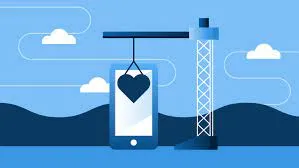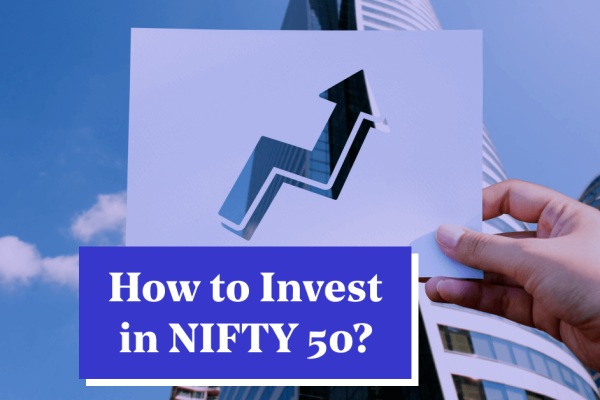If you’re a blogger, you know how important it is to have a loyal and engaged audience. After all, your blog is only as successful as the number of people who read, share, and interact with your content. But with so many blogs out there, it can be challenging to stand out from the crowd and attract a dedicated following. That’s where social media comes in – it can be a powerful tool to help you reach more people, build relationships, and ultimately grow your blog.
However, simply posting your blog content on social media isn’t enough to drive significant traffic or engagement. You need to be strategic, intentional, and creative in your approach to social media marketing. In this article, we’ll explore some effective strategies for using social media to expand your blog’s reach. We’ll cover everything from identifying your audience and choosing the right platforms, to creating and sharing engaging content, and building relationships with your audience. Whether you’re a seasoned blogger or just starting out, this article will provide you with actionable tips and insights to take your blog to the next level. So, let’s dive in!
The key to success: your audience
Knowing your audience is crucial to the success of your blog and social media marketing efforts. Therefore, it’s essential to delve deeper into this topic to understand how to identify and analyze your audience effectively.
- One way to get to know your audience is by analyzing your blog analytics. This data can tell you which posts are the most popular, what keywords bring the most traffic, and where your audience is coming from. By examining this data, you can gain insight into your audience’s interests and preferences.
- Another way to understand your audience is by using social media listening tools. These tools allow you to monitor conversations related to your niche on social media platforms. By analyzing these conversations, you can identify trends, popular topics, and the tone and language your audience uses. This information can help you create content that resonates with your audience and engages them.
- In addition to analytics and social media listening tools, you can survey your audience directly to get their feedback on what they like and don’t like. Surveys can help you understand your audience’s pain points, goals, and preferences. You can use this information to create content that meets their needs and appeals to their interests.
Once you’ve gathered all this data, you can create buyer personas or audience profiles. These profiles can help you understand your audience better and create content that speaks directly to them. Buyer personas include information such as age, gender, interests, job title, and pain points. Having a clear understanding of your audience’s demographics and psychographics can help you tailor your content to their specific needs and interests.
Choose the Right Social Media Platforms
Once you know your audience, the next step is to choose the right social media platforms to reach them. There are a lot of social media platforms out there, and it’s important to focus on the ones that align with your blog’s niche, goals, and target audience. For example, if you have a food blog, you might want to focus on visual platforms like Instagram and Pinterest. If you have a tech blog, you might want to focus on Twitter and LinkedIn. It’s also important to consider the strengths and weaknesses of each platform. For example, Instagram is great for visual content but doesn’t allow for clickable links in posts, while Twitter is great for real-time updates but has a character limit. By choosing the right platforms, you can maximize your reach and engagement.
Create and Share Engaging Content
Once you’ve identified your audience and chosen the right social media platforms, the next step is to create and share engaging content. This is where the magic happens – when you create content that resonates with your audience, they’re more likely to share it, engage with it, and ultimately become loyal readers of your blog.
So what kind of content works well on social media? Generally, content that is visually appealing, shareable, and valuable to your audience. This might include things like infographics, videos, blog posts, and user-generated content. It’s also important to optimize your content for social media by using eye-catching visuals, crafting catchy headlines, and incorporating relevant hashtags. With the right tips, even a tutorial to making a broccoli cheddar rice chicken casserole can become an enticing content.
Engage and Build Relationships with Your Audience
Engaging and building relationships with your audience is crucial for the growth and success of your blog. Social media provides an excellent opportunity to connect with your audience in real-time, create a sense of community, and foster trust and loyalty. In this section, we’ll explore some effective strategies for engaging and building relationships with your audience on social media.
- One of the most effective ways to engage with your audience on social media is by hosting Q&A sessions. This can be done through Instagram Stories, Twitter threads, or Facebook Live. Q&A sessions give your audience a chance to ask you questions directly, get to know you better, and feel more connected to your brand. Be sure to promote your Q&A session ahead of time to maximize participation and use the opportunity to promote your blog and its content.
- Another way to engage with your audience is by responding to comments and messages promptly. Social media users expect timely responses, so it’s essential to monitor your accounts regularly and respond to any comments or messages promptly. Responding to comments and messages shows your audience that you care about them and value their input. It also creates a sense of community and encourages conversation around your brand.
- Sharing user-generated content is another effective way to engage with your audience and build relationships. User-generated content includes photos, videos, and posts that your audience creates and shares related to your brand or content. By sharing user-generated content, you’re not only acknowledging and appreciating your audience’s efforts, but you’re also creating a sense of community around your brand. This can lead to increased engagement, loyalty, and word-of-mouth marketing.
- Lastly, leveraging influencer partnerships can help you expand your reach and connect with new audiences. Influencers have built a following on social media, and partnering with them can help you tap into their audience and gain exposure for your brand. Be sure to choose influencers who align with your brand’s values and niche and create a partnership that benefits both parties.
Remember, the key is to know your audience, choose the right platforms, create engaging content, and build relationships with your audience. Follow these steps and you’ll be able to take your blog to the next level and reach more people than ever before. What do you think?





